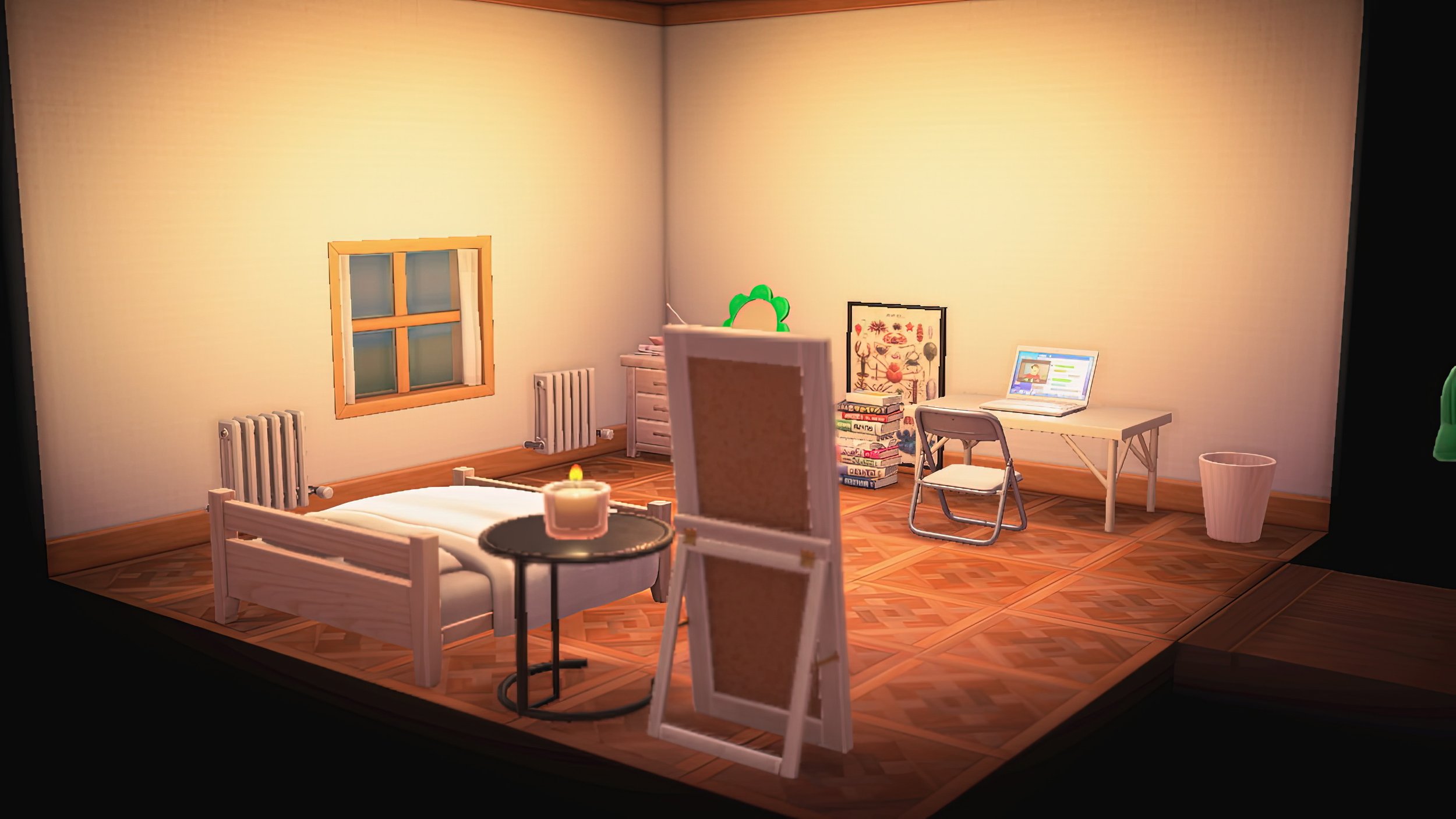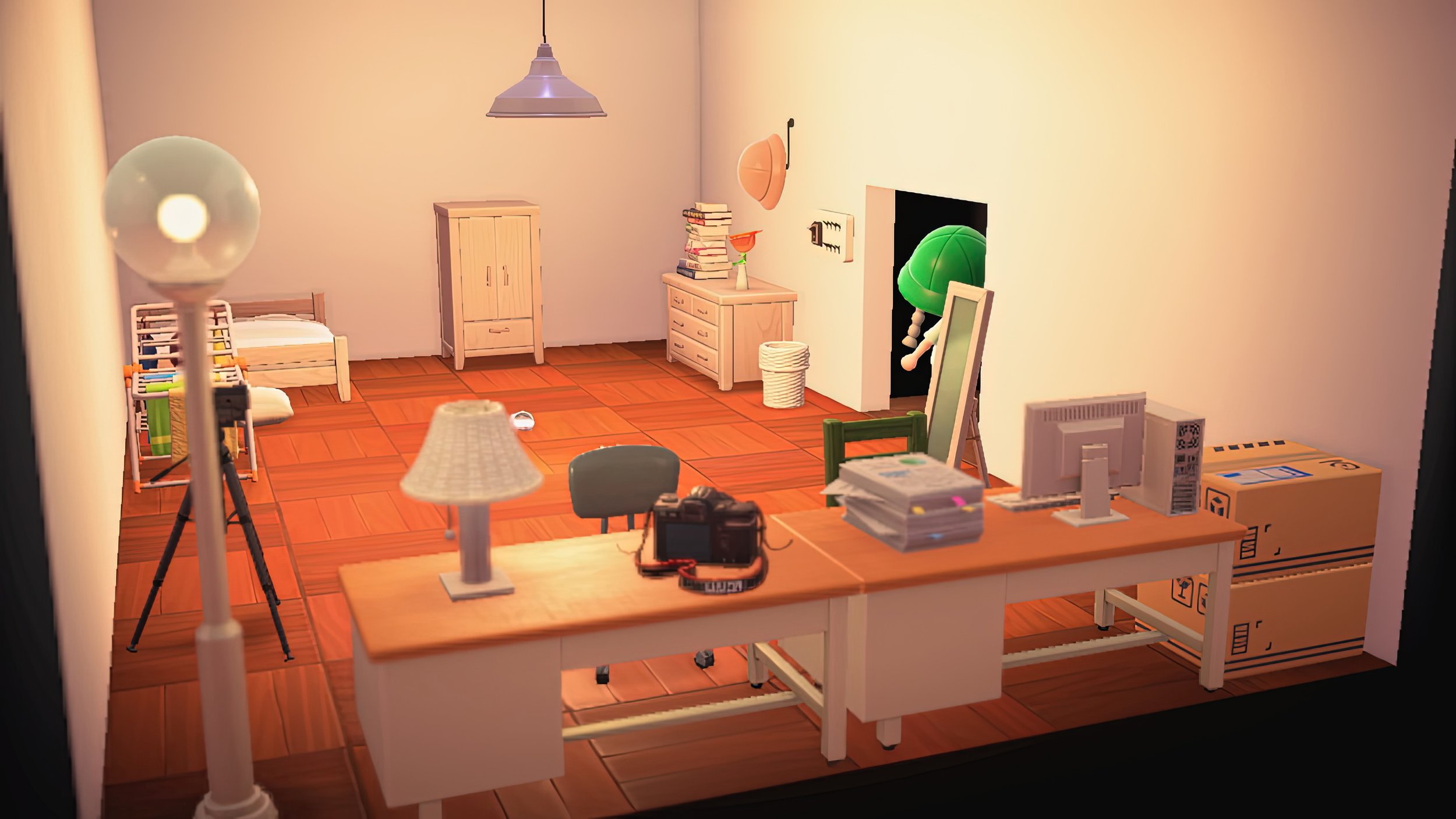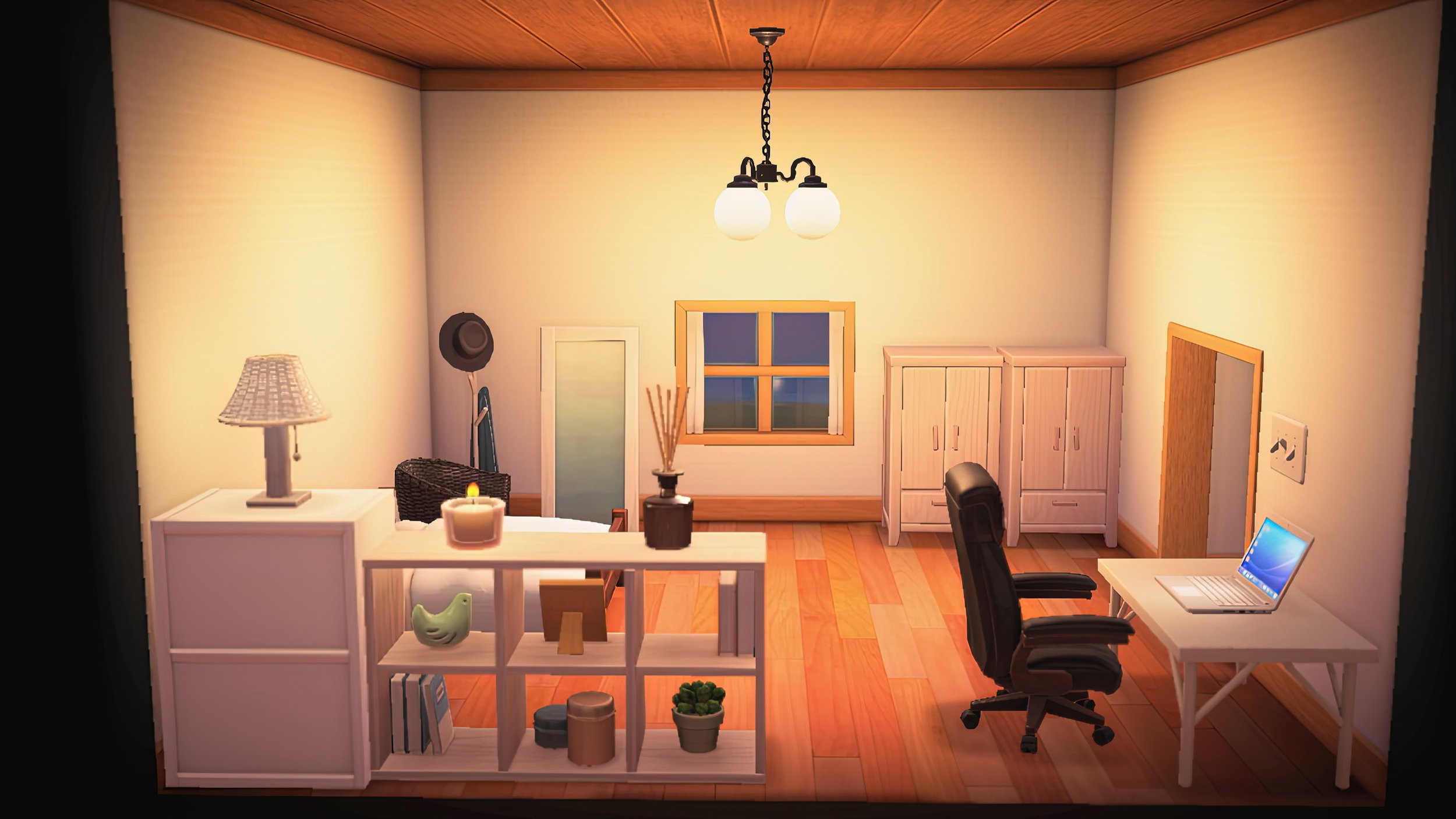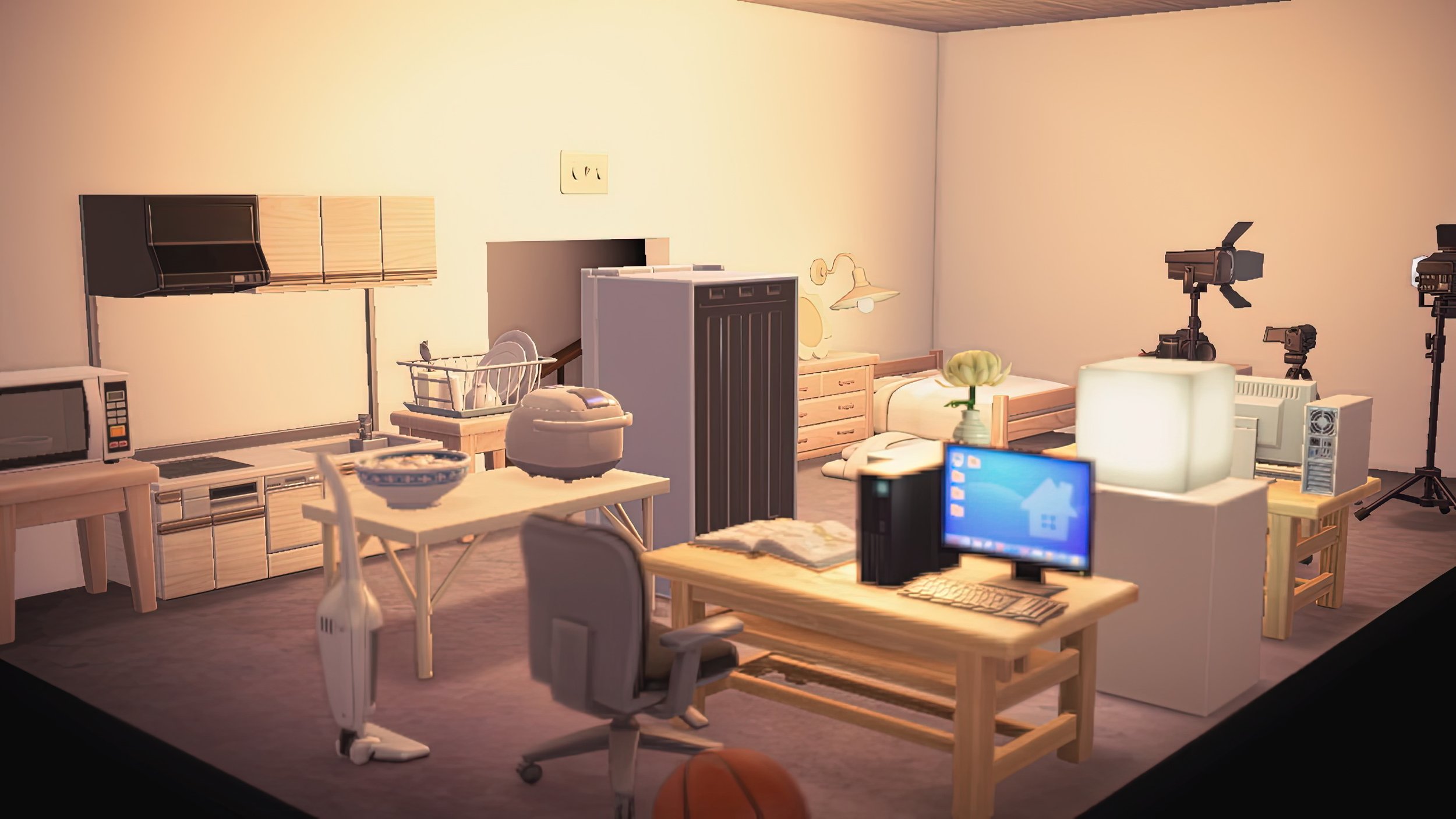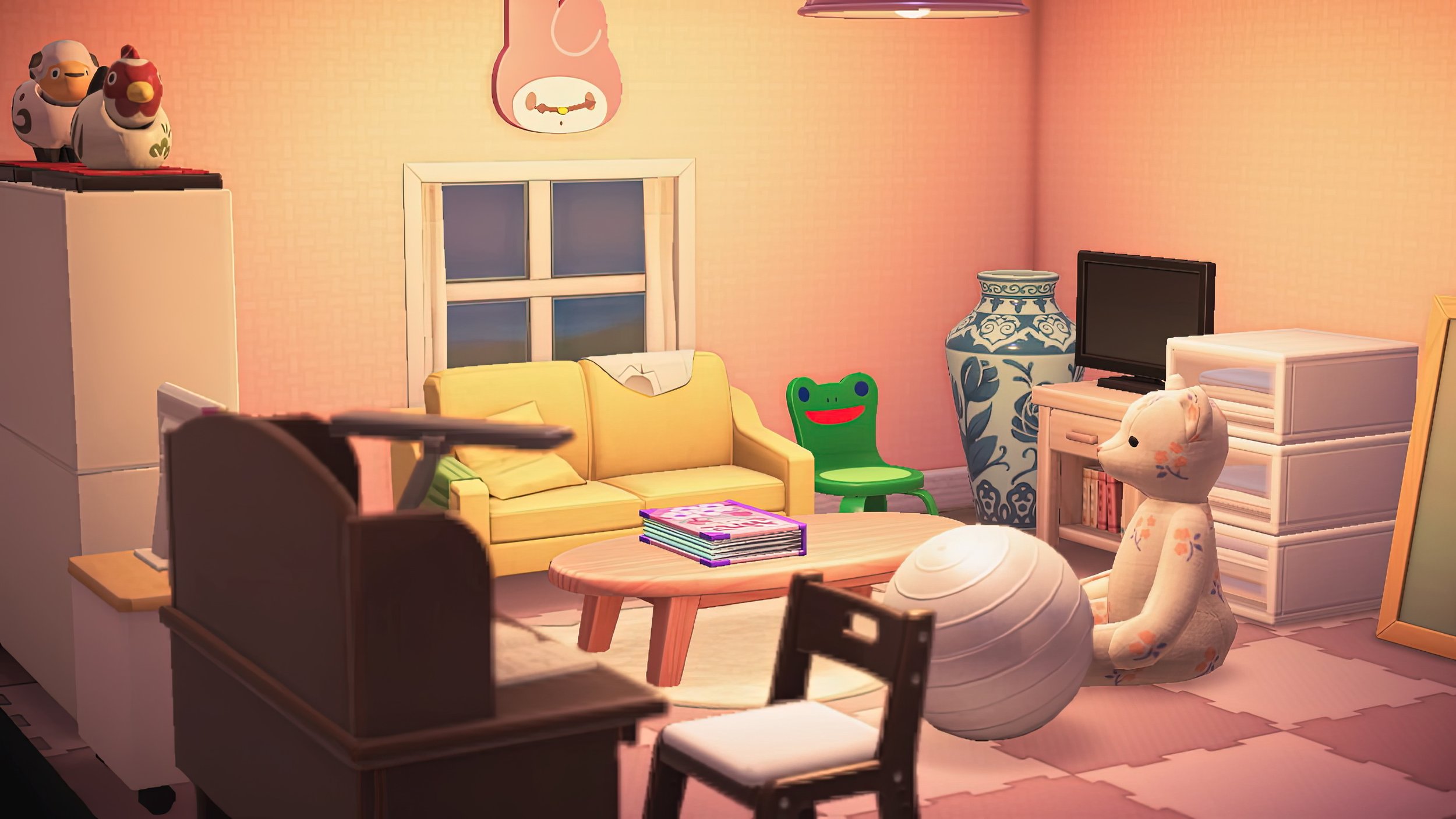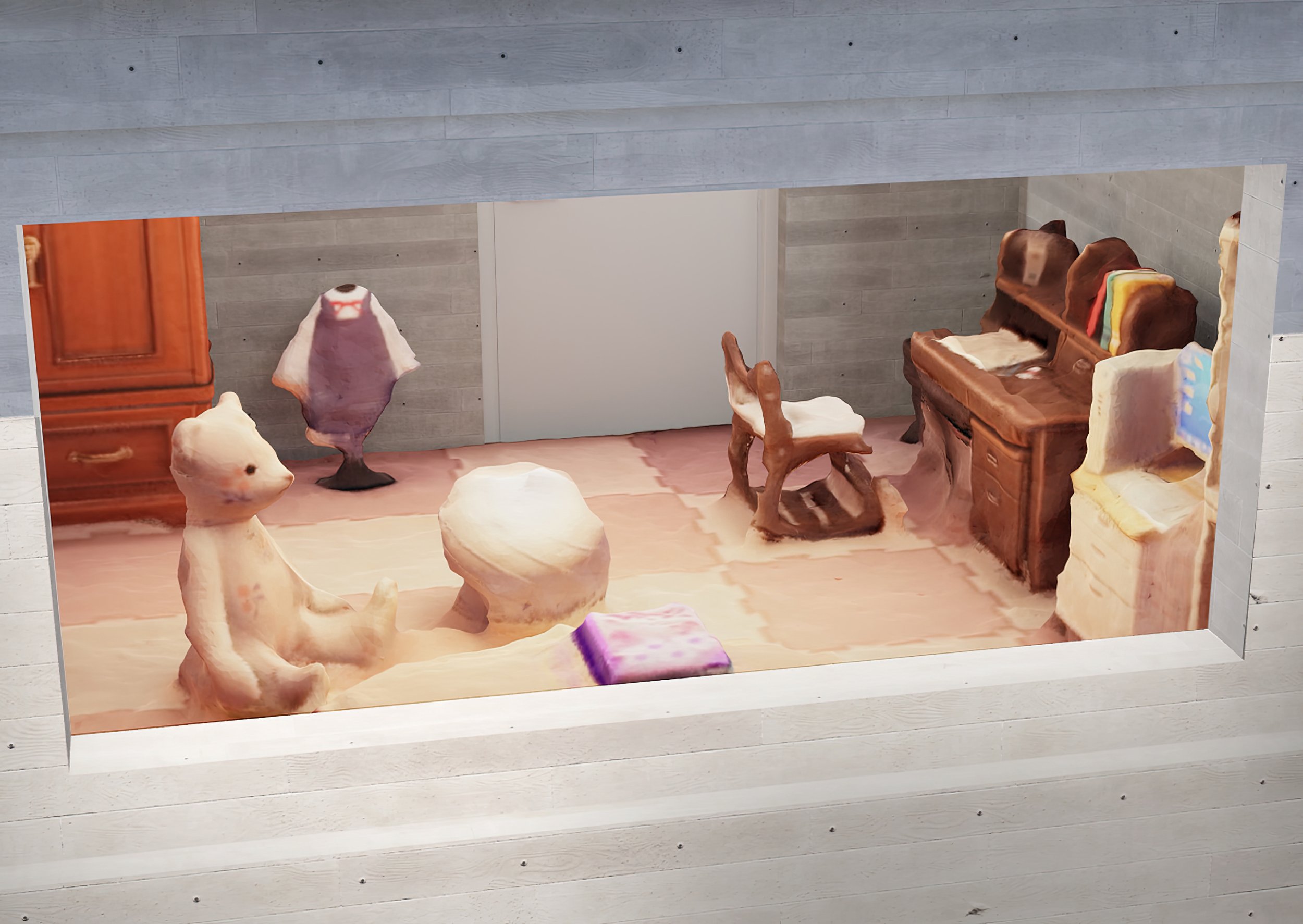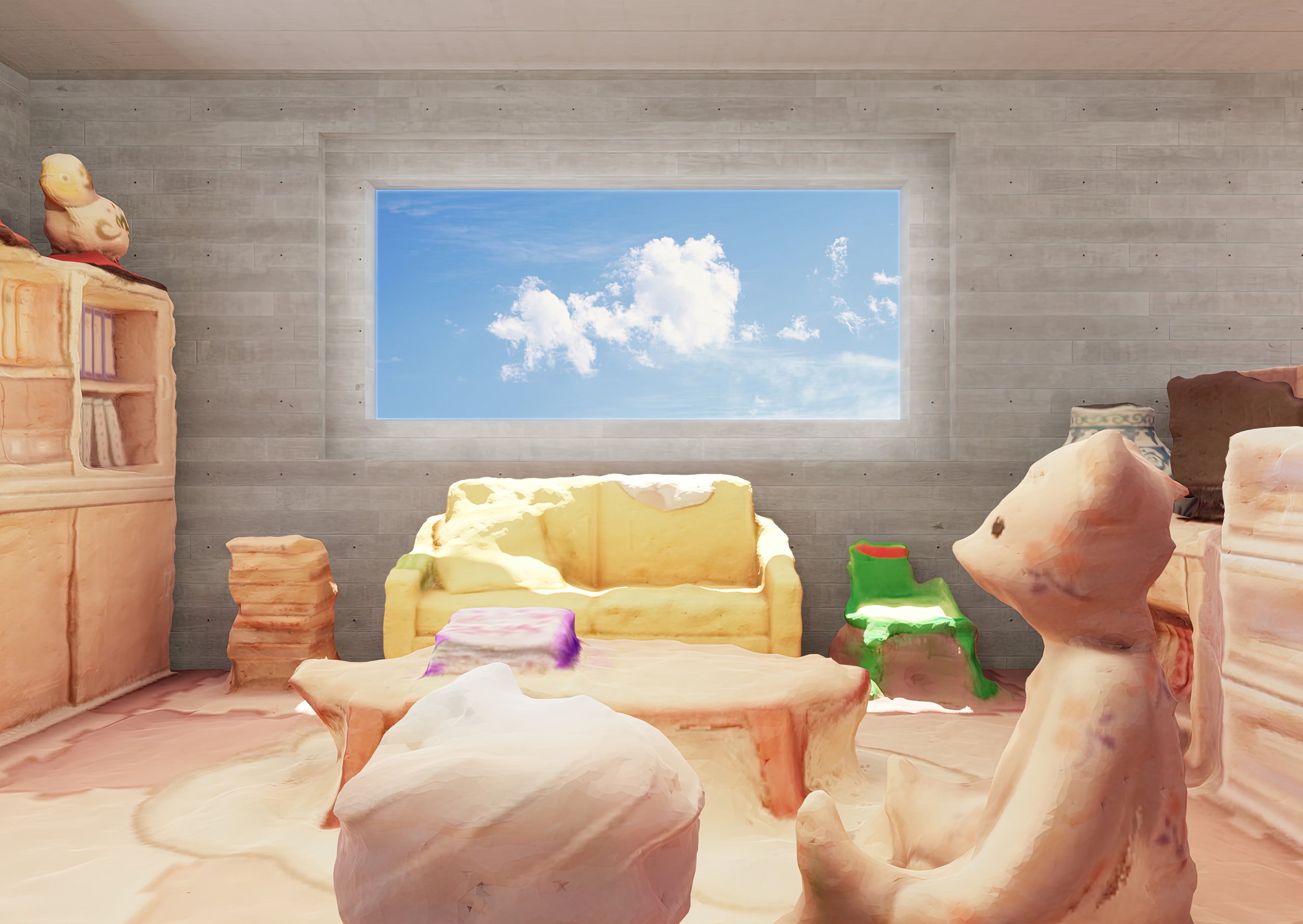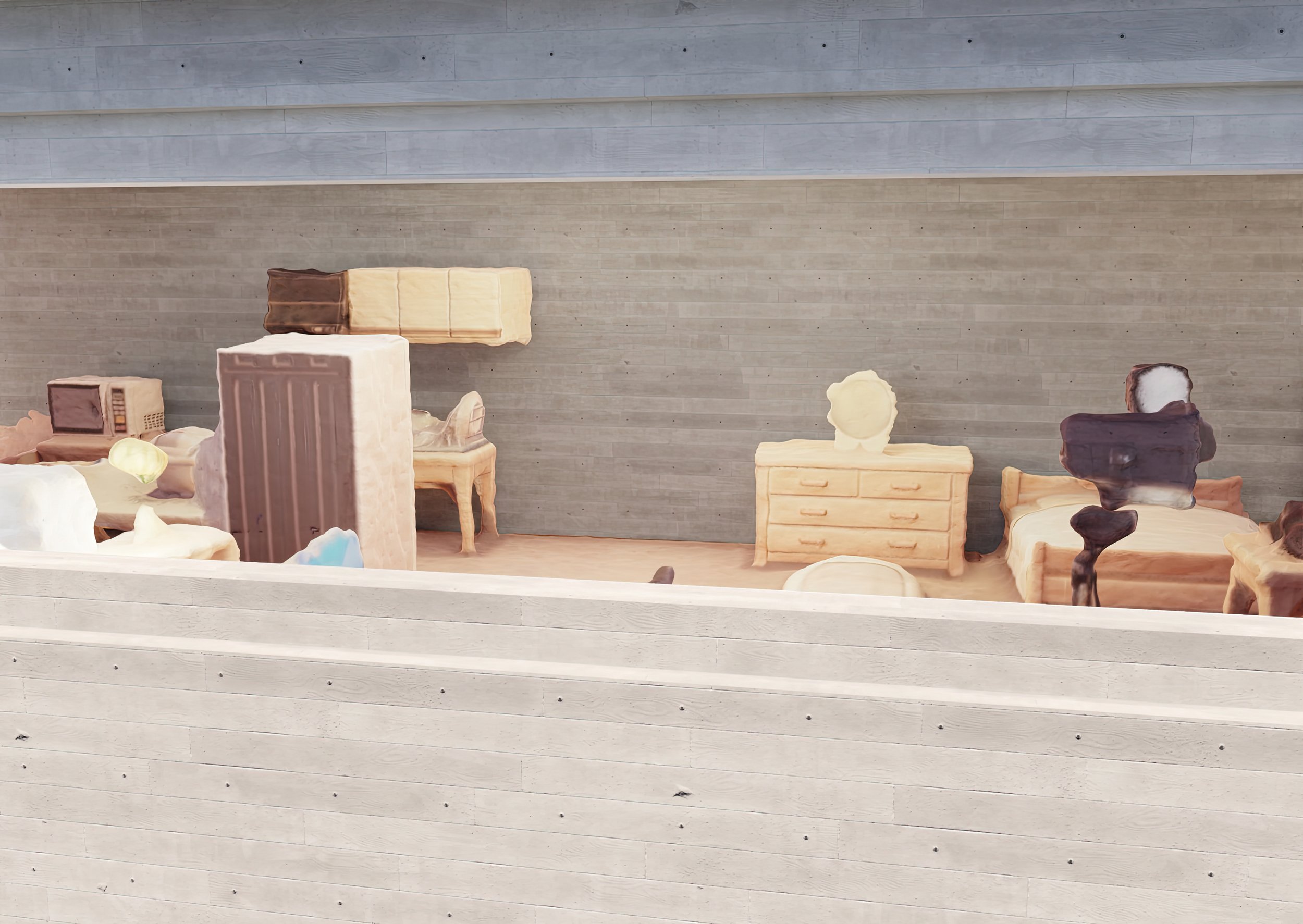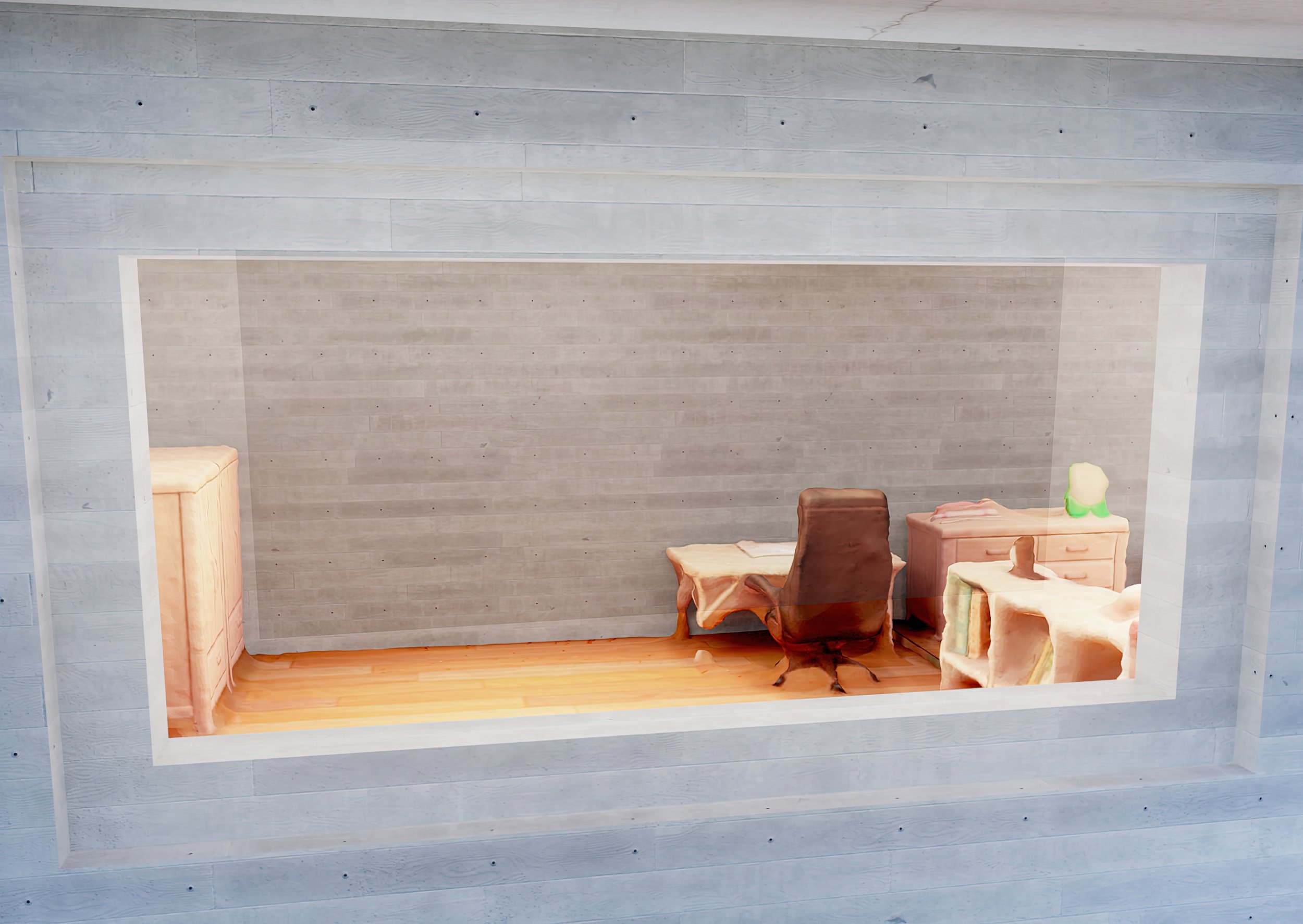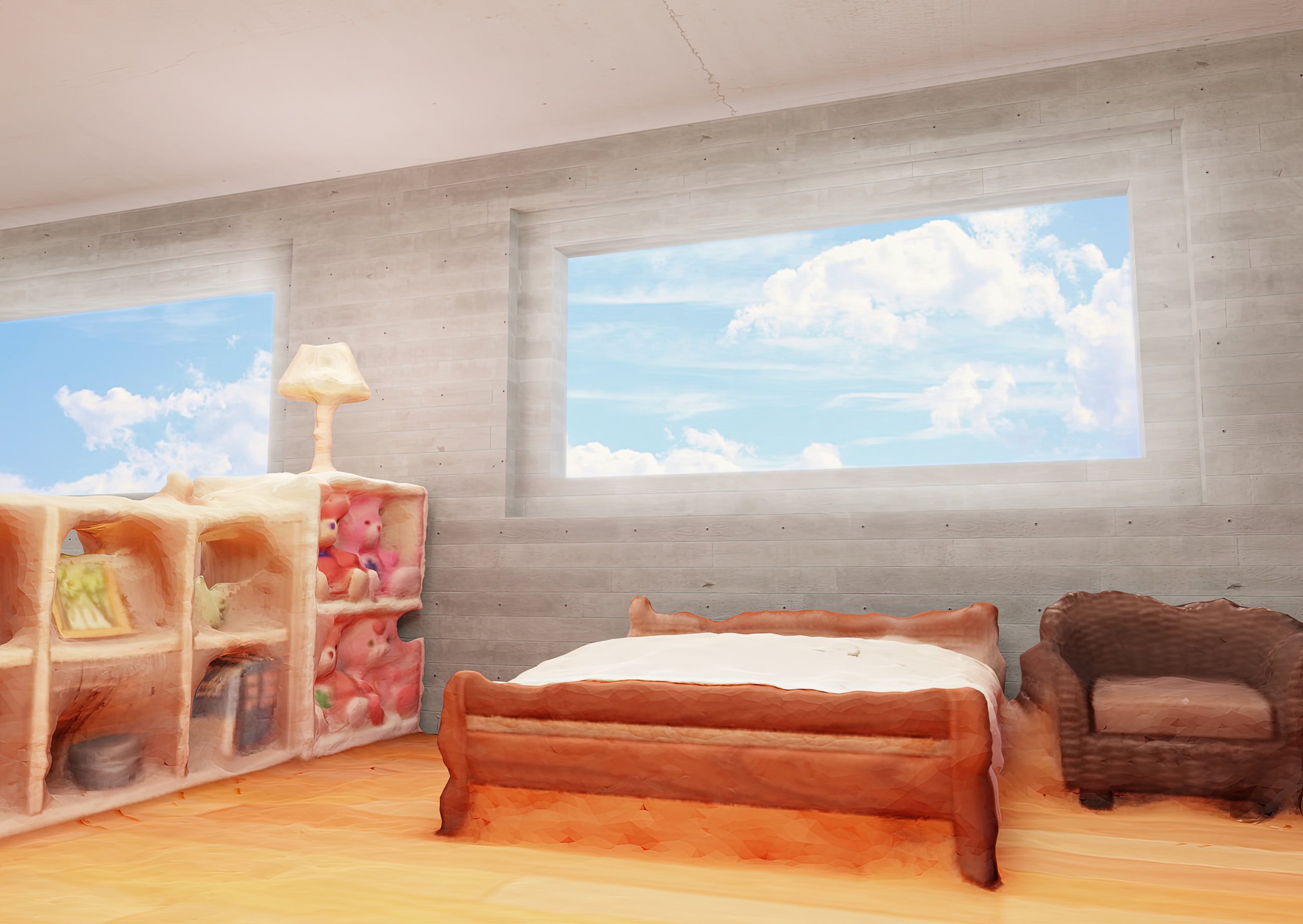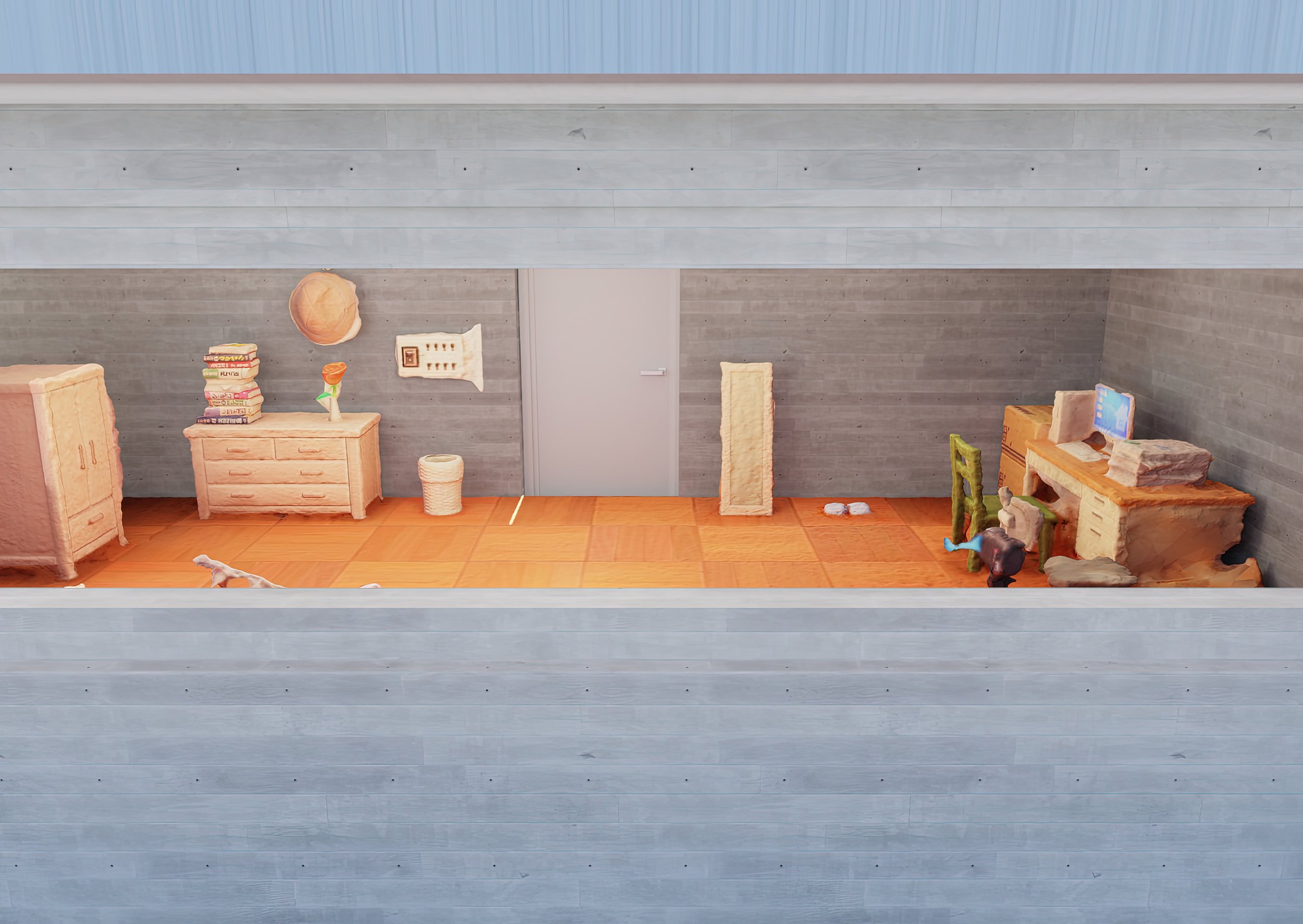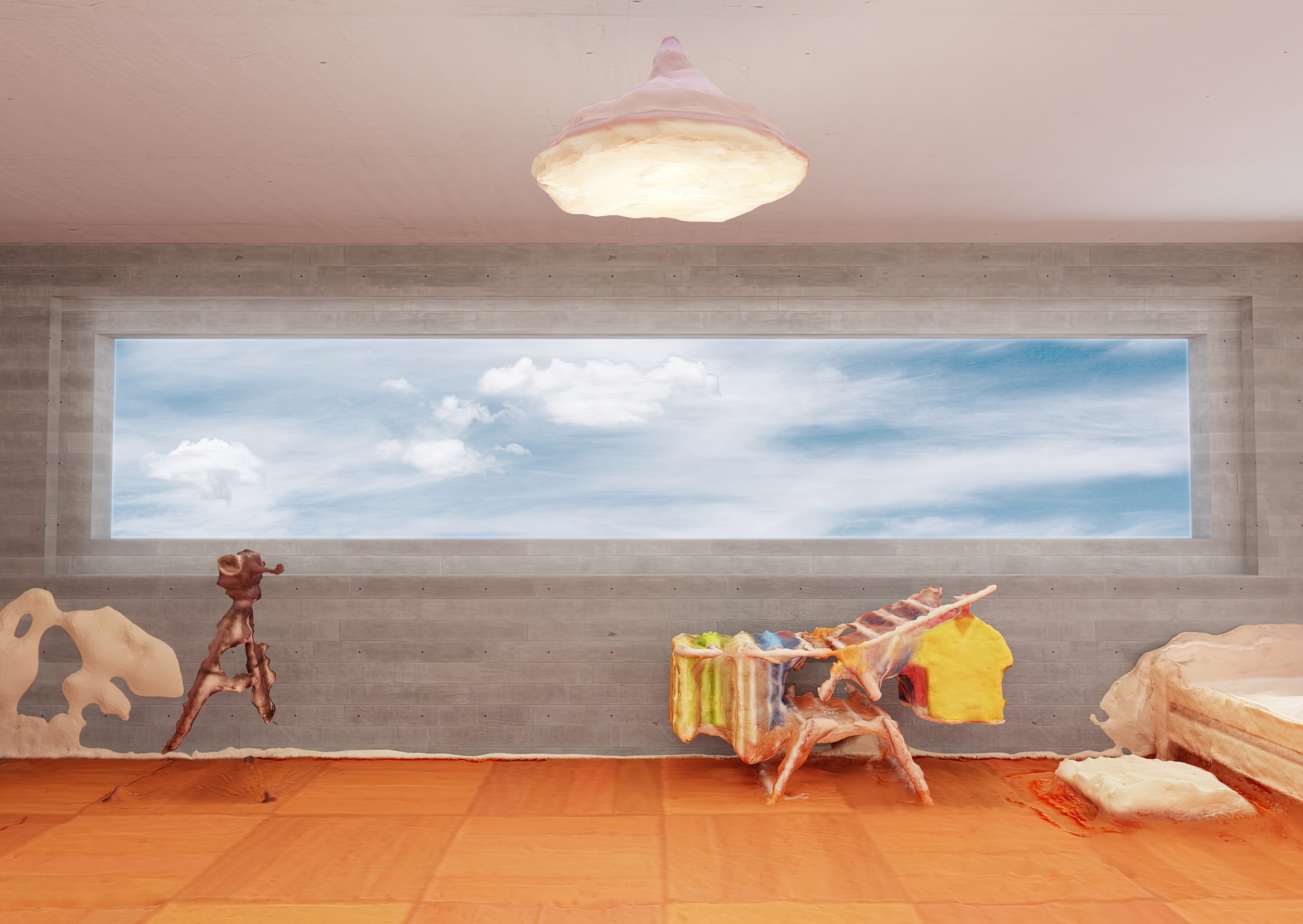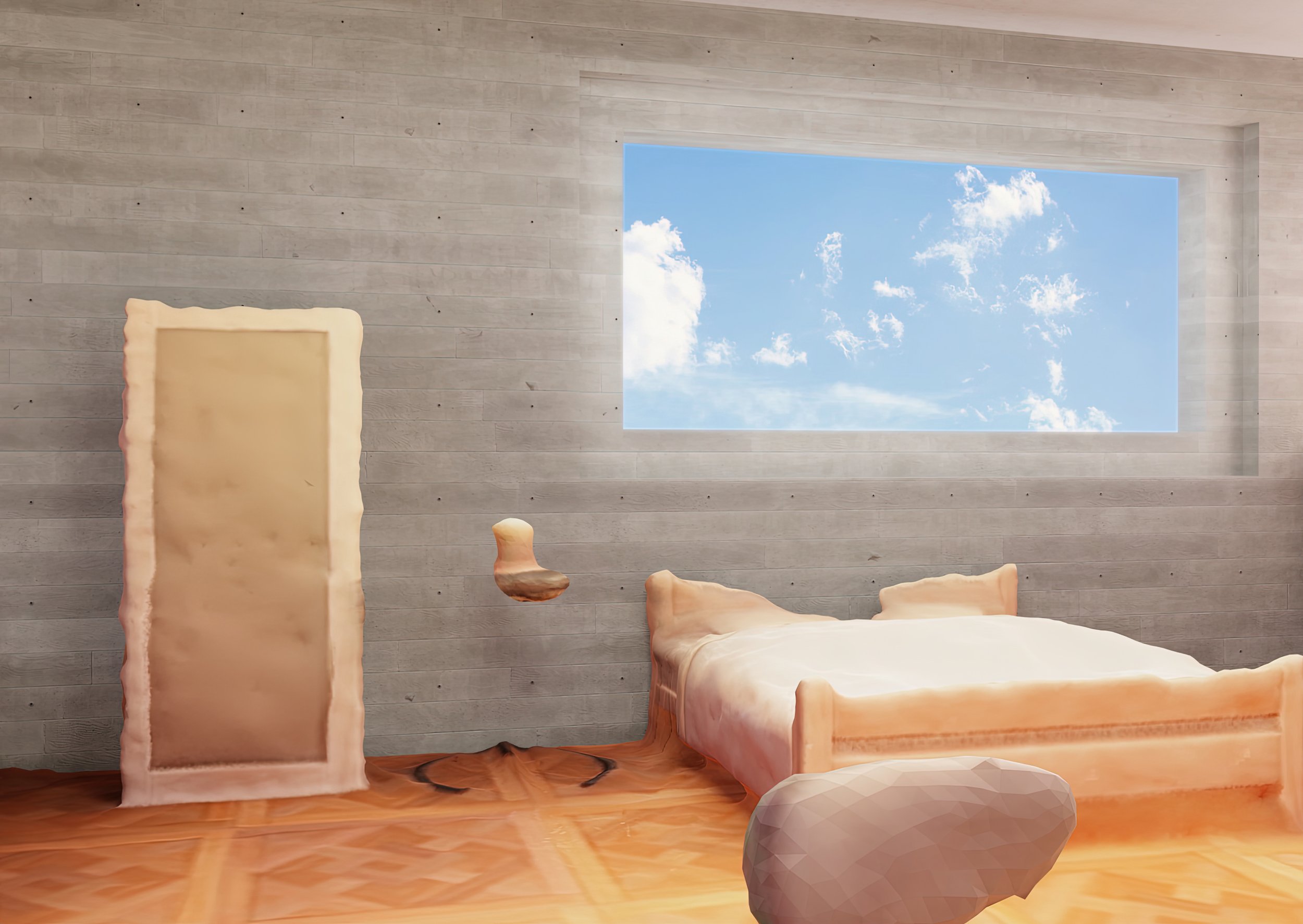Simone Santilli
Nothing is true. Everything is permitted.
Fotografia, videogioco e lavoro
In conversazione con Matteo Bittanti
evento gratuito con prenotazione
20 novembre 2023 ore 18:30
FOTO/INDUSTRIA_GAME
MAST.Auditorium
Via Speranza 42
Bologna, Italia
Gli ambienti digitali dei videogiochi sono siti di una intensa attività da parte di una crescente comunità di fotografi virtuali. Le loro macchine fotografiche sono fatte di codice e, oltre a produrre immagini, possono determinare la loro sopravvivenza fungendo da armi o mezzi con cui spostarsi nello spazio e nel tempo. Allo stesso tempo, la nostra quotidianità assomiglia sempre più a uno strano gioco nel quale le immagini sono le regole e i premi. Simone Santilli e Matteo Bittanti discuteranno del modo in cui videogioco e fotografia si intrecciano producendo estetiche e pratiche la cui portata va ben oltre l’ambito videoludico. Il ruolo dei due media è infatti centrale nella società contemporanea, dalla politica all’intrattenimento, dall’arte al marketing, dall’autorialità alla partecipazione, dalla crisi ambientale a quella dell’idea stessa di realtà.
Simone Santilli (1987) è un artista visivo, fondatore del duo The Cool Couple insieme a Niccolò Benetton, con il quale analizza i processi di produzione, circolazione e fruizione delle immagini. I progetti di TCC sono stati esposti presso istituzioni e festival italiani ed internazionali e nel 2020 il duo è stato tra i vincitori dell’ottava edizione di Italian Council. Simone Santilli è docente presso NABA, IED e MADE Program. Nel 2023 pubblica My Favourite Game. Fotografia e videogioco, uno studio sulle pratiche, l’estetica e le implicazioni dell’ibridazione tra medium videoludico e fotografico.
Artista, curatore e accademico, Matteo Bittanti studia gli aspetti culturali, sociali ed estetici delle tecnologie emergenti, in un approccio che abbraccia media studies, game studies e visual studies. Professore associato all’Università IULM di Milano, Bittanti ha svolto attività di insegnamento e ricerca anche presso la Stanford University e la University of California a Berkeley. Le sue ultime pubblicazioni includono le curatele Reset. Politica e videogiochi (2023), Game Over. Critica della ragione videoludica (2020), Fenomenologia di Grand Theft Auto (2019) e Giochi video. Performance, spettacolo, streaming (2018, insieme ad Enrico Gandolfi) per Mimesis Edizioni.
Simone Santilli
Nothing is true. Everything is permitted.
Photography, video game, and labor
In conversation with Matteo Bittanti
Free and open to the public (please RVSP)
November 20 2023 6:30 PM
FOTO/INDUSTRIA_GAME
MAST.Auditorium
Via Speranza 42
Bologna, Italy
The digital worlds of video games are sites of vigorous creativity for a growing community of virtual photographers. Their cameras are coded algorithms that determine their survival by serving as weapons or vehicles through space and time, in addition to producing images. Concurrently, our everyday life increasingly resembles a peculiar game where images are the rules and rewards. Simone Santilli and Matteo Bittanti will discuss the intertwining of video games and photography, generating aesthetics and practices that go beyond the gaming domain. The roles of both media are in fact pivotal in contemporary society, impacting politics, entertainment, art, marketing, authorship, participation, the environmental crisis, and the very notion of reality.
Simone Santilli (b. 1987) is a visual artist and founder of the artistic duo The Cool Couple with Niccolò Benetton, analyzing the processes of image production, circulation and consumption. TCC's projects have been showcased in Italian and international institutions and festivals, and in 2020 the duo was among the winners of the eighth Italian Council edition. Santilli lectures at NABA, IED and MADE Program. In 2023 he published My Favourite Game. Photography and Videogames, examining the practices, aesthetics and implications of the hybridization between video games and photography.
Artist, curator and scholar Matteo Bittanti investigates the cultural, social and aesthetic facets of emerging technologies, combining media studies, game studies and visual studies. An associate professor at IULM University in Milan, Bittanti has also taught and conducted research at Stanford University and at the University of California, Berkeley. His latest publications include the edited volume Reset. Politics and video games (2023), Game Over. Critique of Video Game Reason (2020), Phenomenology of Grand Theft Auto (2019) and Video Games. Performance, Spectacle, Streaming (2018, co-edited with Enrico Gandolfi) for Mimesis Edizioni.



